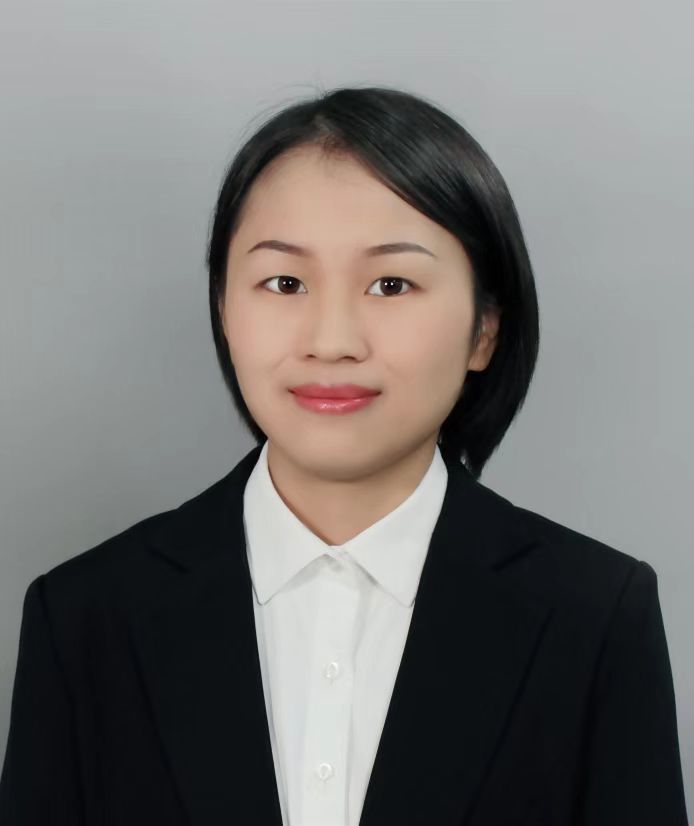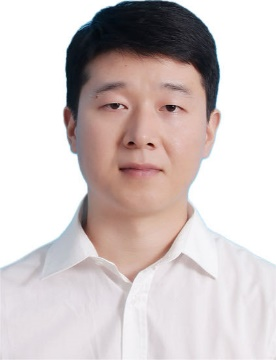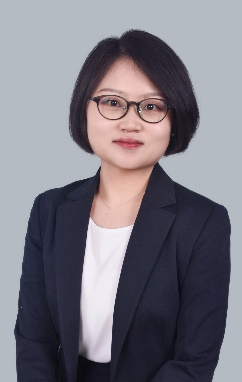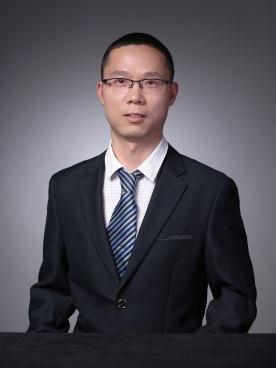Zhang Xufang
Associate Professor
North china university of technology
Zhang Xufang, Ph.D., Associate Professor, Beijing Overseas High level Talent. I studied under Professor Iwamuro Noriyuki from Tsukuba University in Japan, and later served as an assistant professor in Norio Tokuda's research group at Kanazawa University in Japan. My main research areas include wide bandgap semiconductor (SiC based and diamond based) power devices and gate oxide interfaces. Hosted and participated in multiple national level scientific research projects, including the National Natural Science Foundation, the Japanese Ministry of Education, and NEDO. Published over 10 high-level papers in renowned academic journals such as Carbon, APL, DRM, focusing on wide bandgap semiconductor devices and interfaces. Invited to give multiple keynote speeches at the 14th TWHM, 3rd, 5th Kanazawa Diamond workshops, and SCDE international academic conferences. Serving as a young editorial board member for the Functional Diamond journal.






